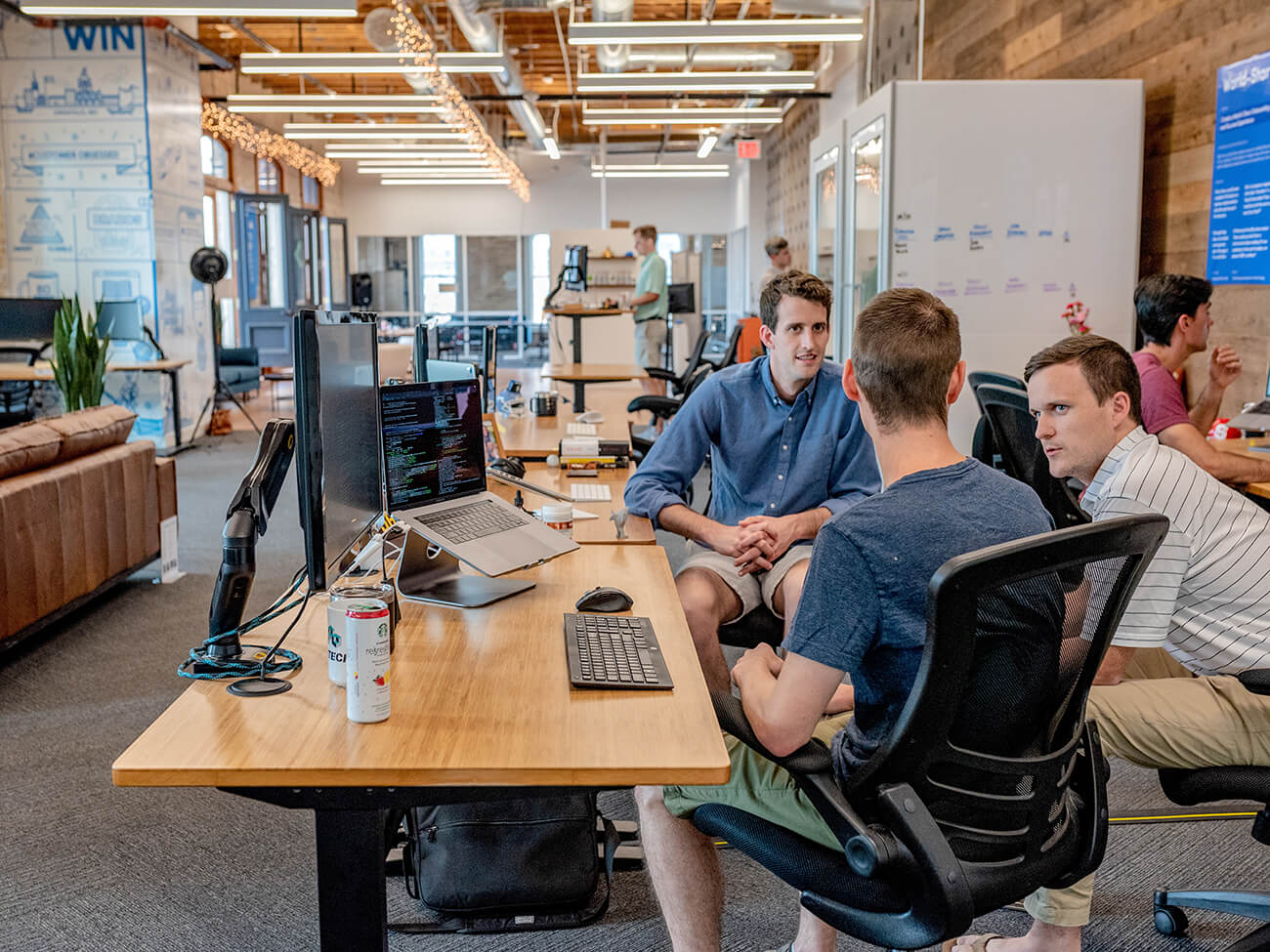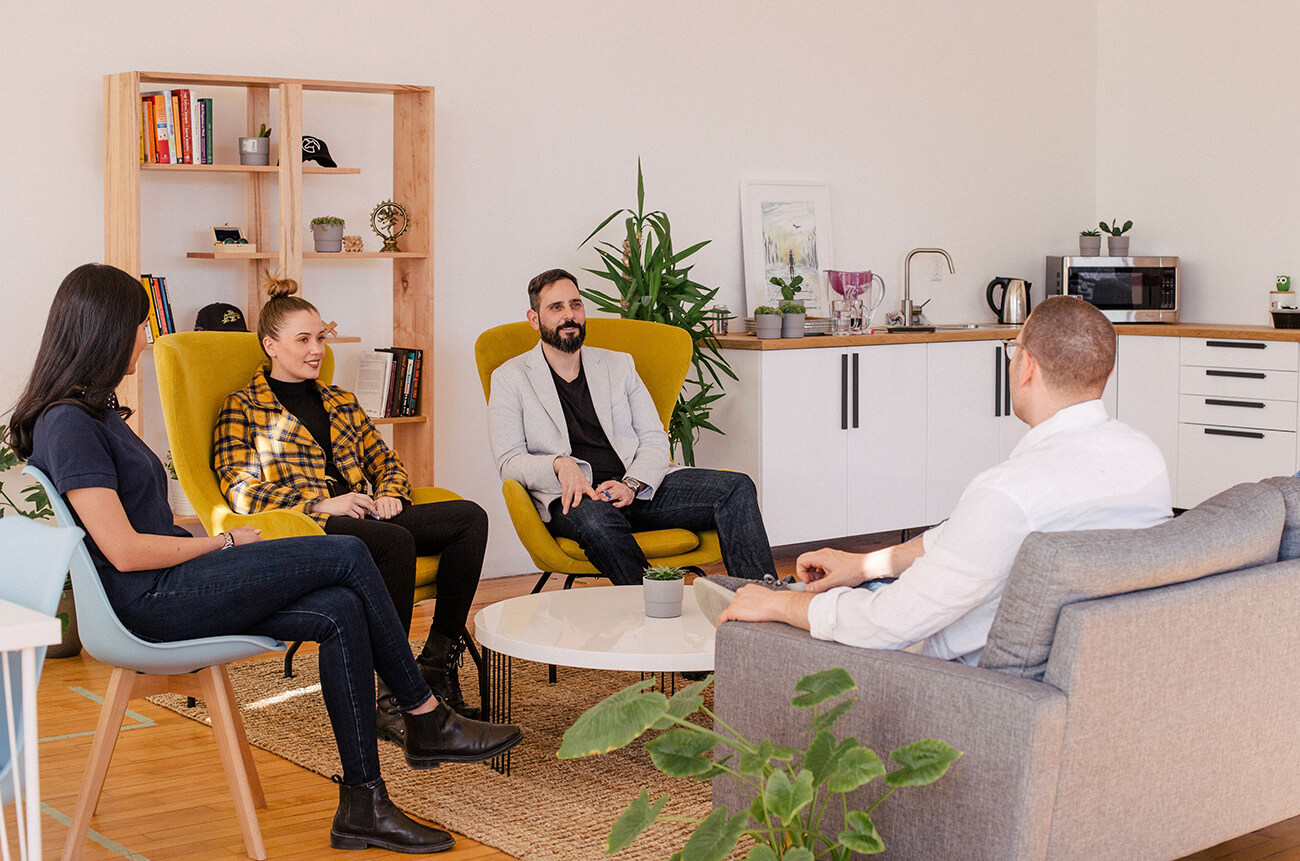After you find a job vacancy that suits you, you need to apply for it and get the recruitment process started.
If your country of residence does not have a visa-free regime with the country where you’re planning to work, you might need to get a tourist visa in advance in case you would be invited for an interview with the potential employer in person.
If you’re planning to relocate to the US remember that it’s recommended to start looking for a job and sending your resume in October or November so that you’ll be able to pass a job interview until the end of January and have time to gather documents before the end of March when it’s time to submit H-1B visa applications. If you start sending your CV to American companies in March, they won’t even consider it as no one is ready to wait for a new employee for more than one year.
→ How to find an IT job through networking
Most IT companies have more or less the same recruitment process. It includes several steps.
1. Application
Check out open positions and submit your application via a job form or directly to the company’s HR if you have their email. The application normally includes the following documents:
1. CV in .pdf format.
2. Cover letter explaining why you feel the company fits your skills and career ambitions.
3. Certificates, references, academic transcripts, a list of publications, etc., if your potential employer asks to send them. You might need to get all your diplomas, certificates, and references translated into the country’s official language — or into English if you look specifically for an English-language job.
It can take up to one or two weeks to hear from the company’s HR.
→ Learn how to write an IT resume and cover letter
2. Phone/Skype interview
After the HR manager screens and reviews your application, you will be invited to a phone or Skype interview. During 30–60 minutes you will have a chance to find out more about the company and ask questions, and the HR manager will discuss your motivations and experience for the role you’re applying for.

Practice before each phone interview: rehearse the story about yourself, learn facts about the company where you’re applying, and review theoretical information related to your job.
A phone interview normally comprises two main parts:
1. Story about yourself. Recruiters usually start the conversation like this: “Tell me about yourself”, “Walk me through your resume” or “Tell me your story”. Talk about your job-related skills and the specific results you have achieved.
2. Story about the company. Next, the recruiter may ask you about their company. The questions may be the following: “What do you know about us?”, “Why do you want to work for our company?” It’s important for employers to find a worker who shares their mission and not just goes for a high salary. Thus, it’s important to show that you’re interested in working specifically with them: you know how the company works, you love their product and want to change the world for the better with them. Find details about the company on the Internet (in Wikipedia or on their corporate website), make a list and check it during the conversation.
In some countries, especially in the US, it’s not customary for a job seeker to ask about salary. Even if you’re asked about your salary expectations, it’s recommended to say that remuneration is not important.
→ How to prepare for an IT job interview: top 14 questions
3. Written challenge
You may be offered a written challenge — a basic programming task to prove your experience and skills in a coding language of your choice.
4. Technical interview
You will have a second interview with a tech expert from the department for which you applied or with one of the founders. Some companies also may offer to solve several out-of-the-box problems to see how you deal with different situations. In this case, it’s important not only to give the right results but also to explain each step and various methods of solving the problem.
5. Final discussions
After the technical interview, you will have a final interview to discuss salary, workplace ethics, and other details.
6. Trial workday
You may be invited to the company’s office for one or two days to meet people from the team, introduce yourself, experience the working atmosphere, have a trial task (if you have not been offered one before), and answer more job-related questions.

If you’ve been invited to visit the office in person, it means that the company is really interested in hiring you.
Before the visit, study the average salaries in the market. Never name a sum first — wait for your interviewers to start the topic. After that, you can even bargain a little.
7. Job offer
If all the steps work out, you will get a job offer which will be followed by a contract sent by email or snail mail. You will learn all the details about your salary, bonuses, and health insurance.
With a job offer or employment contract, you can start a relocation process.
→ Relocation process in Australia
